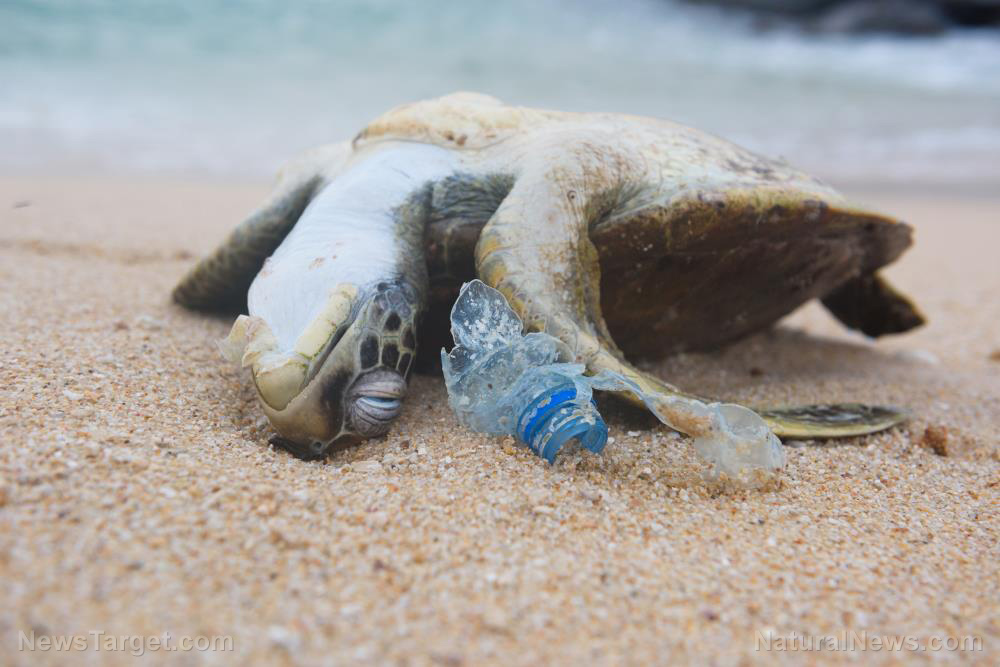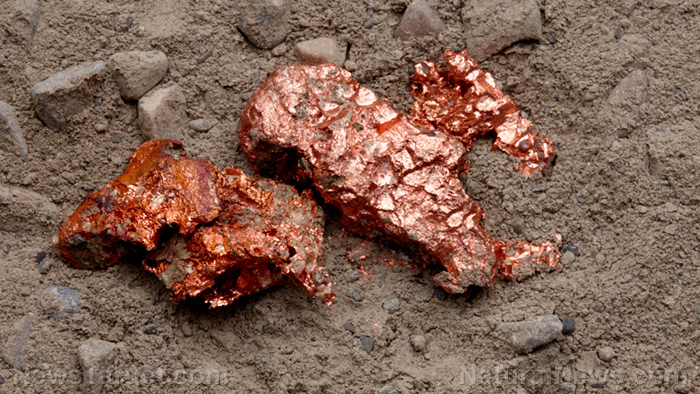Swimming with sunscreen damages the environment AND wildlife: Study
10/10/2018 / By Isabelle Z.

Most people slather on sunscreen before they go swimming without giving it a second thought. They believe they’re doing something good for their body by protecting it from the sun; perhaps they haven’t gotten the message that the sun isn’t quite as bad for them as it’s made out to be. Whether you believe you need sunscreen or not, the fact remains that you are not doing the environment or wildlife any favors when you wear it.
A new study carried out by researchers from Hong Kong Baptist University found that seawater contains an excessive amount of sunscreen chemicals that can harm the health of marine life. The groundbreaking study was the first to identify the damage caused by a combination of chemicals in sunscreens. The researchers found that the chemicals can cause abnormalities in zebrafish and even kill their offspring when it enters the food chain. This is significant because zebrafish’s genetic structure resembles that of humans, which means that these contaminants are likely also risky for us.
The research team collected samples of seawater from 30 different locations off the coast of Hong Kong. Samples were taken at depths of 2 meters and extracted using solid phase extraction. They looked at seven of the most commonly used organic UV filters in sunscreens. The samples contained concentrations of UV filters that ranged from 3.1 to 51.3 ng per gram of sample, indicating that the UV filters that build up in marine life may make their way up the food chain and impact human health.
In addition to the sea water, they also collected organisms such as mussels, shrimp, and fish from seven aquaculture farms. They also created a simulated aquatic environment in their lab, where they fed contaminated artemia to zebrafish for a period of 47 days. The contaminated water had three common UV filters.
While none of the adult zebrafish showed signs of harm after 47 days, several of their embryos had abnormalities or malformations. The 24-hour mortality rate of the embryos skyrocketed from ten percent almost 60 percent, and their 72-hour hatching rate dropped from 80 percent to below 30 percent. The researchers say that the presence of these chemicals creates a “mixture effect” that makes them more harmful than they are when just one chemical is present.
The study’s lead researcher, Dr. Kevin Leung, is calling for regulations on the use of chemicals in sunscreen and other personal care products, along with more research into how these contaminants affect the environment in the long run. He noted that these chemicals make their way into the water either indirectly through wastewater discharge or directly by being washed off of people’s skin while they are swimming in the sea.
Dr. Leung, like many other experts, recommends that people use natural mineral-based sunscreens such as zinc oxide and titanium dioxide instead of the chemical versions.
Hawaii has banned two sunscreen chemicals
Hawaiian officials take a similar view. In fact, the state legislature passed a law earlier this year that made Hawaii the first state in the nation to ban the sale of sunblock that contains the ingredients octinoxate and oxybenzone.
The move came in response to the coral crisis in the waters there; these chemicals are toxic to coral reefs and prevent them from reforming. In addition, they’re toxic to fish, sea grasses, and the marine algae consumed by endangered turtles. Experts say that approximately 70 gallons of sunscreen make their way into the ocean surrounding Maui alone each day.
Choose sunscreen carefully
Some exposure to sunlight is important because it spurs your body to produce vitamin D, which can prevent a slew of diseases and enhance your health. However, if you do feel the need for sunscreen, the best thing you can do for the environment and your own health is to stick to natural options like the mineral-based sunscreens recommended by the researchers. A healthy diet full of antioxidants and supplements like astaxanthin can boost your skin’s natural protection, while macadamia oil and coconut oil also offer a modest degree of sun protection.
Sources for this article include:
Tagged Under: chemicals, clean water, Cosmetics, Ecology, ecosystem, environ, environment, marine life, natural sunscreen, ocean health, poison, skin health, sunscreen, sunscreen chemicals, toxic chemicals, toxic sunscreens, zebrafish


















